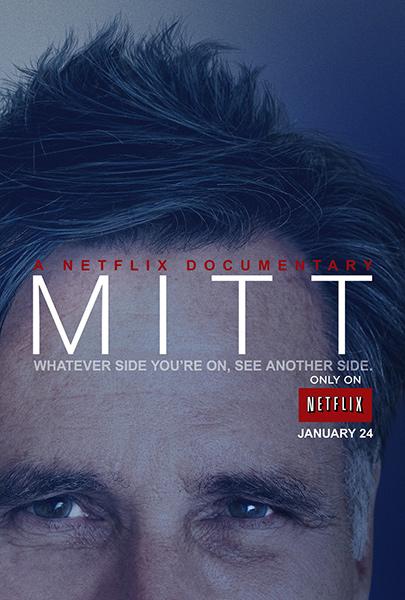In recent years, political documentaries have surged in popularity, often sparking intense discussions and debates among viewers. These films, while offering deep dives into complex issues, also raise important questions about their influence on public opinion. Do political documentaries present information in a manner that unfairly sways viewers, or do they simply provide a platform for underrepresented perspectives? This article delves into the intricate dynamics of persuasion and representation within political documentaries, examining their potential to shape beliefs and the ethical implications of their narratives. Through a balanced analysis, we aim to uncover the nuanced impact these films have on their audiences, exploring whether they inform or manipulate, enlighten or indoctrinate.
Impact of Political Documentaries on Public Opinion
Political documentaries have become powerful tools in shaping public opinion, often leaving viewers with lingering questions about their influence. These films frequently aim to illuminate complex issues, yet they may also embed subtle biases that impact the audience’s perceptions. A documentary’s narrative can drive viewers to adopt a particular stance by emphasizing certain facts over others, potentially skewing public discourse.
- Selective Storytelling: Filmmakers might choose to highlight specific events or perspectives, which can lead to a one-sided representation of the topic.
- Emotional Appeal: The use of evocative imagery and music can create an emotional connection, encouraging viewers to align with the film’s viewpoint.
- Expert Opinions: Featuring experts can lend credibility, but if not balanced, it may present a biased narrative.
While documentaries can enlighten and engage, it is essential for viewers to critically assess the content, recognizing potential biases and seeking out diverse sources to form a well-rounded understanding.

Analyzing the Techniques Used in Persuasive Storytelling
Political documentaries often employ a range of persuasive storytelling techniques designed to shape viewer perception and influence opinion. These techniques can be subtle yet powerful, relying on a mix of emotional appeal, narrative framing, and selective presentation of facts. Filmmakers might use evocative imagery and compelling personal stories to forge an emotional connection with the audience, making complex political issues more relatable and engaging. Additionally, the use of carefully curated music and strategic pacing can heighten emotional responses, guiding viewers towards a desired perspective.
Moreover, narrative framing plays a crucial role in how information is received. Documentaries may frame events in a way that highlights certain viewpoints while downplaying others, thereby influencing how the audience interprets the information presented. Techniques such as juxtaposition, visual metaphors, and expert testimonials are often employed to reinforce the documentary’s message. By crafting a narrative that feels coherent and authoritative, filmmakers can subtly direct viewer understanding, potentially swaying opinions without overtly appearing biased. These storytelling methods underscore the fine line between informing and influencing, raising questions about the ethical implications of such persuasive power.

The Role of Viewer Bias in Interpretation
Viewer bias plays a significant role in how political documentaries are interpreted. Cognitive biases such as confirmation bias can lead viewers to favor information that aligns with their pre-existing beliefs, potentially skewing their understanding of the documentary’s message. This means that two individuals watching the same film might walk away with entirely different perceptions based on their ideological leanings.
Several factors contribute to this phenomenon:
- Selective Perception: Viewers tend to focus on aspects of the documentary that resonate with their personal views, often ignoring opposing viewpoints.
- Emotional Engagement: Political documentaries often use emotional appeals, which can intensify personal biases and impact rational judgment.
- Echo Chambers: Social media and community discussions can reinforce initial interpretations, limiting exposure to diverse perspectives.
Understanding these biases is crucial for both filmmakers and audiences, as it highlights the need for critical engagement and a balanced approach to media consumption.

Recommendations for Critical Viewing and Media Literacy
To navigate the complex landscape of political documentaries, it’s essential to engage in critical viewing. This involves questioning the motivations behind the film and identifying potential biases. Consider the following:
- Research the Filmmaker: Investigate the director’s previous work and known political affiliations. This can provide insight into potential biases.
- Cross-Reference Information: Compare the documentary’s claims with reputable sources. This helps verify facts and exposes any skewed narratives.
- Analyze Presentation Techniques: Pay attention to the use of music, imagery, and editing. These elements can subtly influence emotional responses and perceptions.
Developing media literacy is equally important. This means understanding how media shapes public opinion and recognizing persuasive tactics. Here are some strategies:
- Identify Persuasive Language: Look for emotionally charged words and phrases designed to elicit specific reactions.
- Evaluate Source Credibility: Assess the credibility of interviewees and experts featured in the documentary.
- Reflect on Personal Biases: Be aware of your own predispositions and how they might affect your interpretation of the content.



